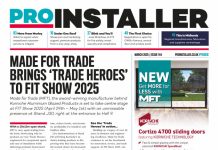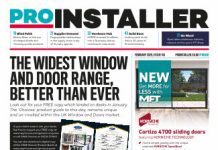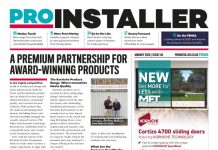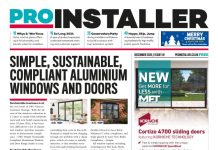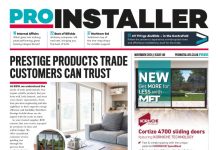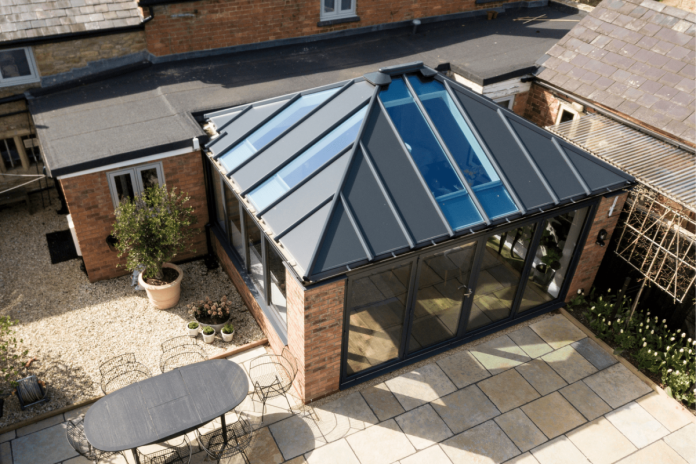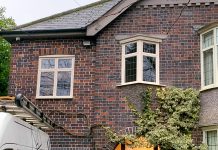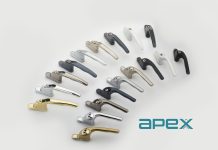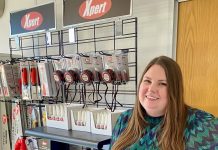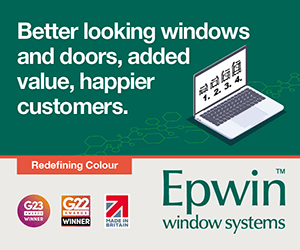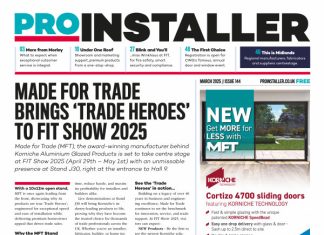Ultraframe has proudly spoken about the company’s solution to achieve the U-Values required by the new Building Regulations on its solid roofs. Both the Ultraroof and Livinroof solid roofs have been re-engineered to ensure that they meet the new 0.15 W/(m²K) requirement without any additional installation steps or time on site for fitters.
Explaining more, Ultraframe Marketing Director, Alex Hewitt, said: “When we set about designing our solutions to the updated Building Regulations in terms of our solid roof U-Values, we had several key aims – that there would be no extra installation steps, that the aesthetics of our roofs weren’t affected, and that homeowners were guaranteed to get a compliant roof. We were conscious that should our solution be something that the fitter had to manually apply on site, that there was a risk of it being forgotten or omitted. As so much care has gone into the aesthetic appeal of our Ultraroof and Livinroof systems, we were also adamant that our solutions must not affect the good looks of the roofs.”
The clever solution developed by the Ultraframe R&D Team for the Ultraroof tiled roof is a new foil membrane that is applied to the Ultrapanel insulation panels during the manufacturing process. On the Livinroof hybrid roof, a new high performance phenolic insulation board is now being incorporated into the product.
Most other suppliers have chosen a solution whereby additional components such as extra layers of PIR (insulation), or timber are attached to the roof by the fitter, increasing the install time of each roof. Some designs demand higher specification plasterboard, and although some manufacturers supply this, other suppliers offer the option for the installer to source the additional components themselves. As the fitting of these extra components adds an additional installation step, and if it is not a part of the roof when delivered, there is a risk that these vital extra components may not be installed.
In some solid roof products these extra layers will also demand the use of window packers as the roof is raised, incurring extra cost, raising flashing lines and disrupting the aesthetic of the roofline. For those suppliers who have based their solution around higher spec insulated plasterboard, this complicates the installation, as this plasterboard is heavy to handle, and installation can be awkward. As even lower U-Values are demanded from 2025, manufacturers offering extra layers of products or higher spec plasterboard as their solution will be left with nowhere to go in terms of a compliant solution, as additional plasterboard would be a ‘final resort’ solution when all other avenues for improving the U-Value had been exhausted – these roofs would keep getting thicker and heavier.
Finally, some manufacturers are also now offering various solutions at different U-Values, some of which are not compliant. This makes things confusing for Building Inspectors and installers in terms of clarifying that the compliant version is being used.
Concluding, Alex said: “We are delighted to have implemented these hassle-free and failsafe solutions which have already been welcomed by our retail customers. Homeowners choosing an Ultraframe solid roof can have absolute certainty that will receive a compliant roof that looks just as striking as it did before the changes to Building Regulations.”


